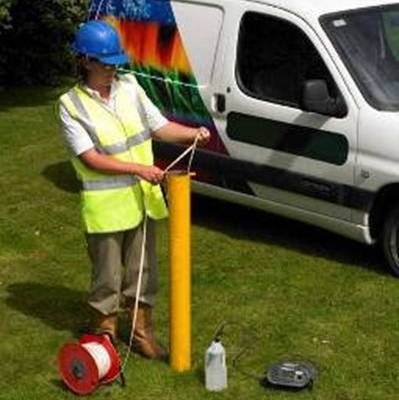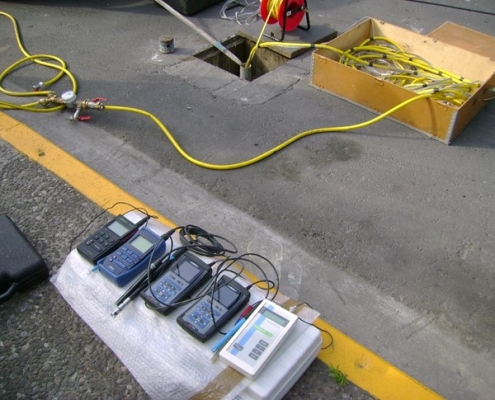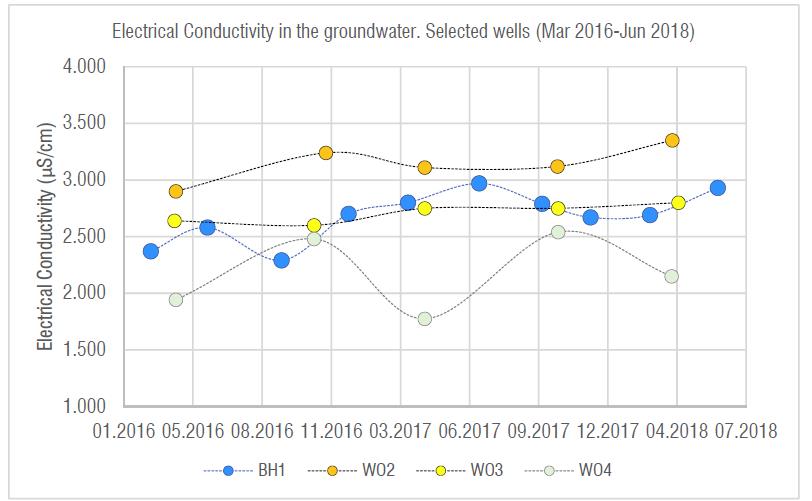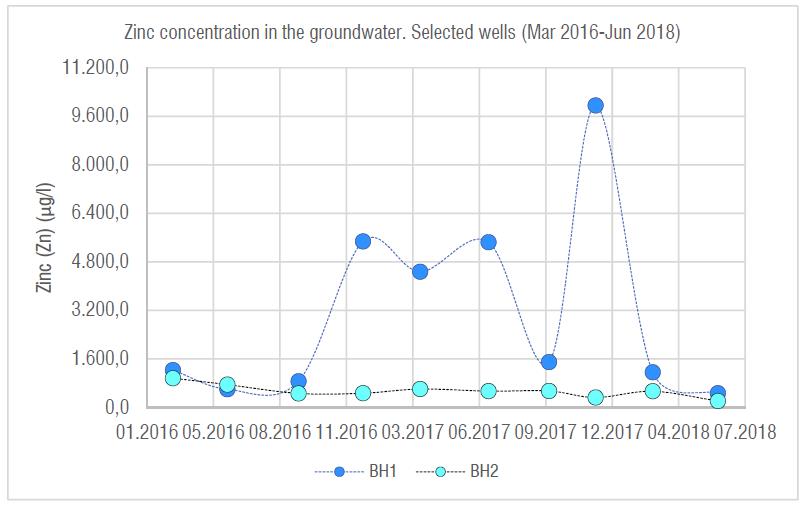Design & Implementation of Environmental Monitoring Projects
Necessity – Benefits
A groundwater monitoring program in an installation intended to provide information that can be used to assess the environmental status of groundwater.
The environmental control of subsoil and groundwater, usually concerns industrial sites or sites with similar activities that can cause contamination to the geoenvironment, or fields adjacent to a source of pollution.
Environmental auditing in a field is performed in the following instances:
A) Environmental accident cases and subsequent recorded environmental damage in the area of pollution escape (source) eg gas station, as well as in the neighboring areas eg plots, basements, wells, streams, etc.
B) Due to legal requirements.
The need to perform an environmental investigation of subsoil and groundwater and to prepare a basic report for all industrial plants storing hazardous substances, results from the requirements of DIRECTIVE 2010/75 / EU OF THE EUROPEAN PARLIAMENT AND THE COUNCIL of 24/11/2010 on industrial emissions and in particular Article 22 (2), which was incorporated into Greek law (Joint Ministerial Decision 36060/1155 / E.103 / 13 (Government Gazette 1450B)). Furthermore, some industrial plants not included above, are required, despite their environmental obligations and requirements, to complete environmental audits for subsoil and underground water as well as periodic environmental monitoring programs.
C) Due to environmental policy.
Performing an environmental audit of subsoil and groundwater at regular intervals in parallel with an environmental monitoring program in an industrial unit or another activity that may have a potential negative impact on the geoenvironment, is the best practice to prevent extensive environmental damage that will have tremendous financial costs and significant negative impact on the company’s reputation and operation. In addition, the timely diagnosis of the extent of pollution has the potential to remedy possible failures in an existing infrastructure, which, in addition to the environmental impact, will also entails significant cost for the production or operation of an installation (eg, a fuel leakage or raw material recovery). Early diagnosis of pollution can rule out the possibility of an accident involving human loss (eg concentrations of volatile pollutants in the underground and the creation of an explosive atmosphere). Finally, an environmental audit can identify incoming pollution from irrelevant-to-the-field activities that take place in adjacent areas and enter either through the movement of water (groundwater or surface), or even through atmospheric dispersion.
The environmental monitoring program may concern:
A) Areas where decontamination has already been applied and have changed usage (up to 3 years)
B) Fields with proven damage that does not cause immediate negative environmental effects
C) Areas with industrial activity characterised as having medium, high or very high environmental risk
Environmental monitoring may only concern groundwater but may also include groundwater and soil sampling
Sampling frequency should be at least twice a year, but may be increased in areas with increased environmental risk. The parameters to be controlled are selected based on the activity and the recorded pollution (if any).







